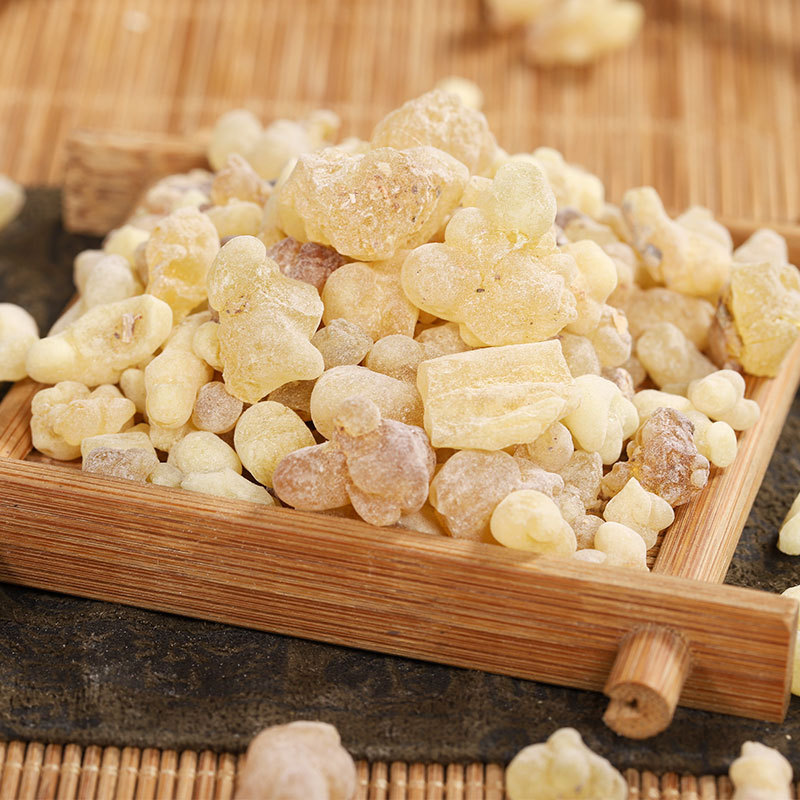
Among the dunes of the Arabian Peninsula grows a kind of tree that sheds "golden tears"---a precious resin called Frankincense.If you slit the frankincense tree's bark, the resin will ooze out and harden into amber granules with a warm, woody scent and subtle smokiness. This is frankincense, known as the "desert gold." It has been three thousand years since the frankincense was first used in ancient temples, but now it is more accessible to the public than ever before. While much has changed through the centuries, frankincense still exudes its unique healing power in modern life.
The ancient Egyptians revered frankincense as a gift from the gods. Pharaohs' mummy wrappings always contained an amalgamation of frankincense and myrrh, as they thought this fragrance could guide souls to eternal life. In the Bible, frankincense was listed alongside gold as a gift from the Three Wise Men to the Infant Jesus, symbolizing holiness and immortality. In medieval Europe, Venetian traders accumulated wealth by monopolizing the frankincense trade and even used it as a monetary equivalent – this mysterious spice from the East once served as a triple symbol of power, faith, and wealth.
Despite the historical significance mentioned above, frankincense's most captivating quality is undoubtedly its healing power. In the field of aromatherapy, frankincense essential oil is known as the "sedative for the mind." When such amber-colored oil droplets are mixed into a base oil and gently massaged onto the temples, the woody aroma smooths away anxiety like a pair of gentle hands. When a frankincense resin is placed in an incense burner and lightly heated by an open flame, watching the thin smoke curl up and taking a deep breath, one can almost feel the tranquility of a desert dusk – a soothing feeling across time that helps people regain long-lost relaxation in the concrete jungle.
Modern science has added new insights to this ancient spice: boswellic acid in frankincense has anti-inflammatory and antioxidant effects, which can be helpfu to regulate skin condition, so many anti-aging skin care products regard it as a core ingredient. It can also act on the limbic system to help alleviate stress and improve sleep condition. Thus, frankincense is no longer confined to religious rituals or noble collections but has transformed into daily aromatherapy candles, serums, and even a "scent partner" for yoga and meditation, nourishing the body and mind in the most simple way.
In the fast-paced life, frankincense is like a gentle pause button. Whether using frankincense in an aromatherapy SPA after overtime or a meditation moment before bed, it is like an old friend, telling you with its thousand-year-old wisdom and steady breath: no need be panic, time always in its own rhythm. This "golden tear" from desert has finally crossed the dust of centuries and turned into a healing code closest to the soul in modern world– may you hear the gentle echo of time in a wisp of frankincense.
Contact:
For market reports or sourcing inquiries:
Etan Zong
Email: Etan@bzjiahe.com
Website: www.bzjiahe.com







